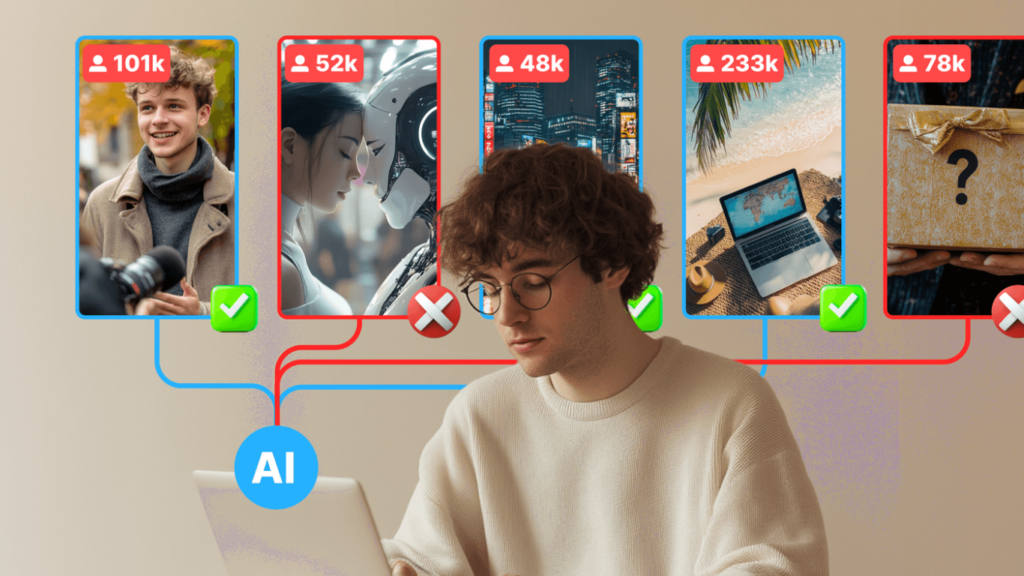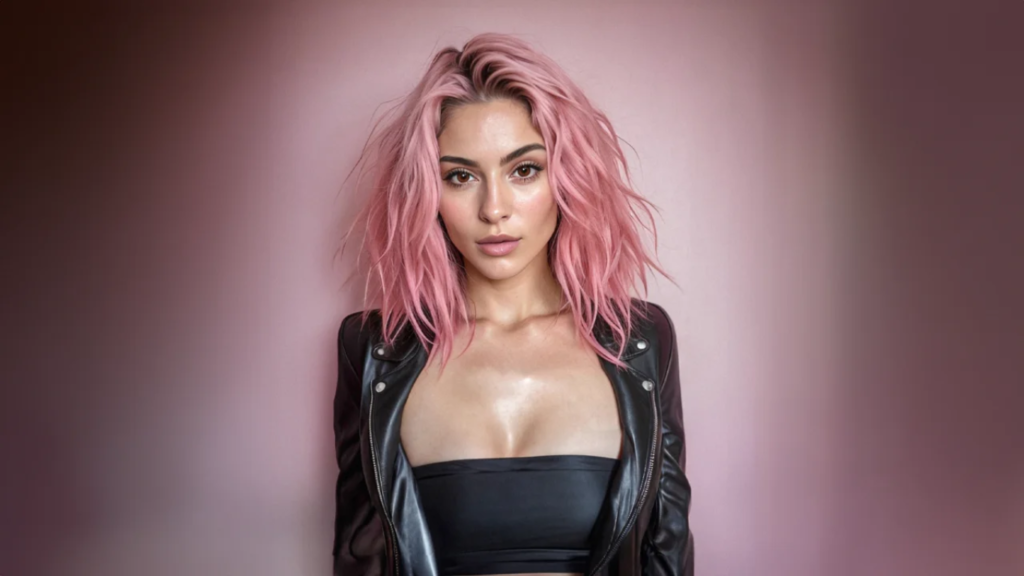No longer does Instagram revolve around human influencers alone. On the contrary, the digital marketing landscape is now fast changing, with AI-generated influencers amassing millions of followers and collaborating with some of the world’s top brands in influencing trends even in the real world.
What makes brands invest in a digital human as opposed to a real influencer? How do they work, in addition to what their rise means for the future of social media?Here are the key points.
What are AI-Generated Influencers Exactly?
Unlike common influencers found in living forms, AI-generated influencers are simulated personalities made through artificial intelligence technology, 3D models, and deep learning.
They create an illusion of being like real human beings in the way they can be viewed, acted, or communicated about.
Here are some of the famous AI-generated influencers:
Lil Miquela (@lilmiquela): One of the first AI influencers, she has 2.6M+ followers on Instagram and has collaborated with Calvin Klein, Prada, and Samsung.
Shudu Gram (@shudu.gram): Currently called the world’s first AI supermodel, Shudu was designed by photographer Cameron-James Wilson and starred in campaigns by Fenty Beauty and Balmain.
Imma (@imma.gram): An AI Japanese model, she is renowned for her hyper-realistic features and appeared in Vogue, working along with brands such as IKEA and Dior.
AI influencers do not just put beauty around; they also get to engage with followers, create product awareness, and spark emotions with the public.
AI Influencers Are Taking Over
Brands are becoming so reliant on AI-built influencers in making them precision, consistency, and without the human limitations of audience engagement. Here are four reasons why AI influencers are conquering Instagram:

1. Total Brand Control & No Scandals
AI influencers can be controlled entirely by their creator or brand, unlike human ones. Hence:
- No PR disasters: No photos, scandals, or personal issues.
- Consistent messaging: What, when, and how they say it is dictated by the brand.
- Regular availability: AI influencers never show up late or aren’t available.
This control makes such financially lucrative assets for that brand that wants a neat, glamourless image.
2. Cost and Time-On-Demand
AI influencers draw creation and thus content into consumable scales with the expenses of human influencers. There is no need for:
- Unsustainable photo shoots.
- Travel costs for an influencer-marketed campaign.
- No contract negotiations or influencer prices.
Create and personalize any AI influencer so that it becomes part of the brand Voicing out how much he or she would cost in terms of savings, compared to that of a human influencer.
3. Hyper-Engaging Futuristic Appeal
AI influencers captivate many social media enthusiasts and bring extraordinary engagement levels. Their charm is futuristic and quirky; hence, they’re a curiosity set.
A HypeAuditor study found that the AI influencers’s engagement rates on Instagram are 2.85 times that of real ones.
4. Always on but Never Aging
Human influencers will describe age, take lessons, or work with other realities at some point. AI influencers will basically:
- Never age: can be relevant for decades.
- Work 24/7: never breaks, holidays, or time outs for mental health.
- Newest and Trendiest: can be changed immediately and without much effort.
5. AI Can Create for Any Niche
AI influencers aren’t just limited to fashion and beauty anymore. Brands can design virtual influencers for just about any industry, including
- Music: AI Musicians are changing the very landscape of digital entertainment, like FN Meka, the virtual rapper, with millions of followers on TikTok.
- Fitness: AI fitness would be those giving workout tips and nutrition advice.
- Sustainability: Sustainability initiatives could pretty well be trumpeted by green-care AI.
That is why AI influencers suit brands needing a strong digital presence.
How AI Influencers Are Changing Marketing
AI-generated influencers are the thing of the present and not just the future. These are some ways they will revolutionize influencer marketing:

Brand ambassadors of tomorrow: Companies such as Louis Vuitton, Prada, and Samsung are already employing AI for their product promotions.
The Rise of Virtual Fashion: Brands such as Balenciaga and Gucci are creating pieces within digital fashion that use AI influencers for modeling.
Hyper-Personalized AI Content: Data AI influencers can process end-user data to produce content that is tailor-made for their audience.
For example, in 2022, Prada included AI influencer Lil Miquela in a marketing campaign where engagement levels surpassed those expected of traditional influencers.
The Future of AI Influencers: What’s Next?
The industry of AI influencers will increase dramatically, with new technology improving their realism and abilities. Possible future advancements might include:

Real-Time Talking & Interaction for AI Influencers: Research and development in deep learning and voice AI makes it even more lifelike.
AI-Generated Live Streaming & Video Content: That may be, coming soon, AI influencers will also host live Q&A sessions, podcasts, and video conversations with their fans.
Virtual reality (VR) and the metaverse will potentially see AI influencers dominate those platforms for immersive environments whereby consumers will be able to interact with the AI avatars of their favorite brands.
According to Market Research Future, the AI influencer market would show a CAGR of 26% by 2030, making it one of the fastest-growing sectors in digital marketing.
Final Thoughts: Are AI Influencers the Future?
The rise of AI-generated influencers was indicative of a new way in which brands could reach out to target audiences. Fascination or fear, one thing is certain: AI influencers are here to stay.
If technology progresses the way we know it will in the immediate future, there will come a point when the line between virtual and human is blurred forever.
So next time you scroll through Instagram, pay closer attention – is your preferred influencer even real?
What Do You Think?


Leave a Reply